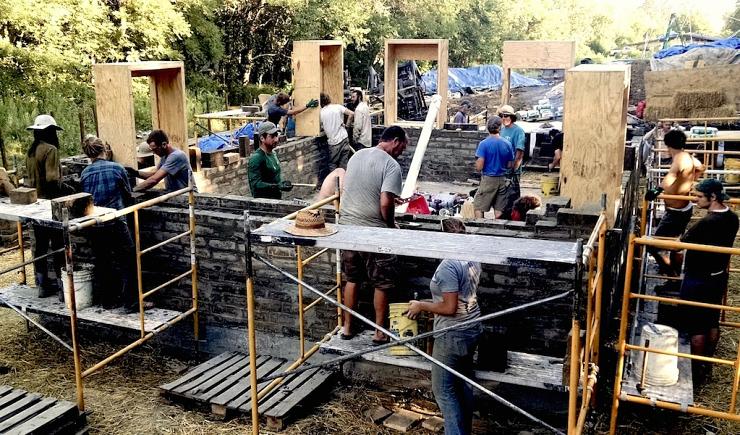Initially published in french by Basta!. Translated by Leslie Thatcher, Truth Out.
“My wife and I lived for three months in a tiny house,” Marcin Jakubowski said. “We didn’t find that sustainable over the long term! It’s too small; especially in winter. We needed something larger.” Consequently, Jakubowski and Catarina Mota decided to build themselves a larger house, with several rooms: a real house they built themselves, without paying a developer to do it, thanks to the open-source plans and tutorials distributed without copyright or royalty fees (open-source plans are usable, reproducible and modifiable by any who wish to do so). Originally part of the information technology world, now open source is making its appearance in the construction world.
This is not Jakubowski’s first attempt at open-source DIY construction. Located in Missouri, he had already started an artisanal construction project to build dozens of industrial machines: a tractor, bulldozer, oven, windmill, hydraulic motor and other very low-cost machines reproducible at will, thanks to the free distribution of documentation, plans and manufacturing techniques. After living in a multi-square-yard-size house, he decided to apply the same method to housing construction. And he hopes that the model will expand to form a global community of DYI house builders. “People don’t see right away what a tractor is good for. But people see the utility of a house right away,” Marcin notes.
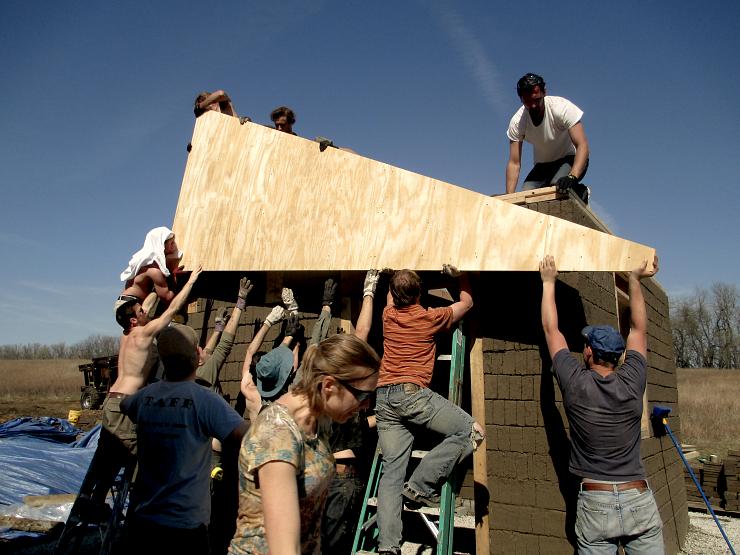
The Difficulty of Imposing Environmental Techniques on Building Companies
At the heart of this “Open Building Institute” project — DIY building in open source — there’s a library of modules to build: walls, windows, roofs ... and techniques. All is freely accessible, improvable by anyone. All this documentation is accessible online, without copyright and in formats compatible with open-source computer-assisted software designs. The different modules, such as the wood frameworks for the walls, can be cut, thanks to digitally controlled machines available in “fabber labs” — open-source laboratories for digitally manufacturing objects — all over the world.
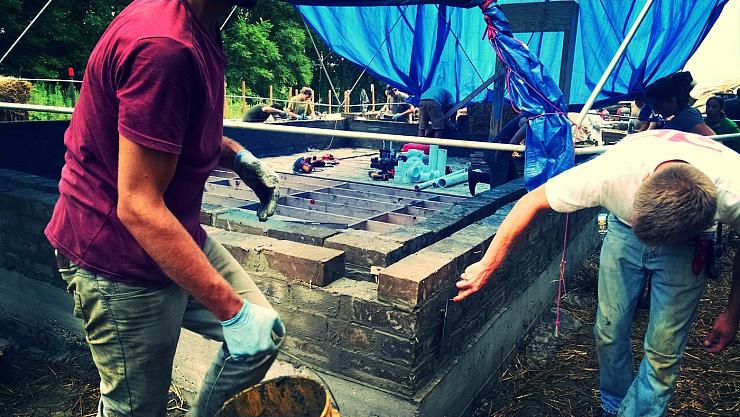
“We also make available all the information people need to obtain building permits,” Marcin explains. And to disseminate the technical know-how, the Open Building Institute organizes full-scale house building workshops. The next one will take place in November in Missouri. The objective: to build an ecological modular house in five days with a photovoltaic roof, rainwater recovery and a biodigester to produce biogas, all for only $25,000. “Today, it’s still difficult to get developers to use numerous ecological construction techniques. For example, to get a company to build a biodigester is practically impossible in the United States,” Jakubowski emphasizes. [A biodigester is fed with organic material, which is broken down by bacteria to produce a renewable energy called biogas and other material mainly used as fertilizer.] The solution: do it yourself!
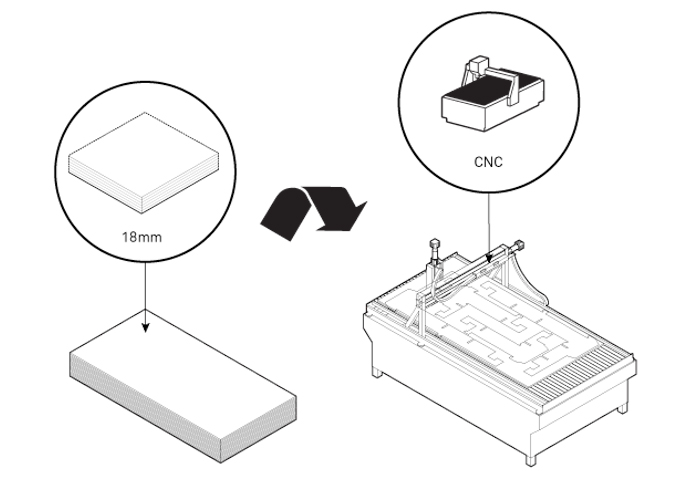
A House as Easy to Build as a Piece of Furniture in a Kit?
“I’ve seen houses built in a week with just 20 people to put them together,” attests Clément Flipo, co-founder of Wikifab.org, a documentation platform for open source construction of objects, machines and now houses, too. A first tutorial for the construction of a tiny house has just been posted online at the platform. There one finds the necessary materials, tools, plans and instructions to follow — a bit like building a piece of furniture in a kit sold by a major retailer, except that in this case, it’s a shelter in which it must be possible to live. “Starting from the tutorial, you download the files, then you have the components cut by a machine in a fab lab. There are wall sections to assemble, insulation sections, roof sections, components for the outside siding.... It’s really easy,” Clément Flipo explains.
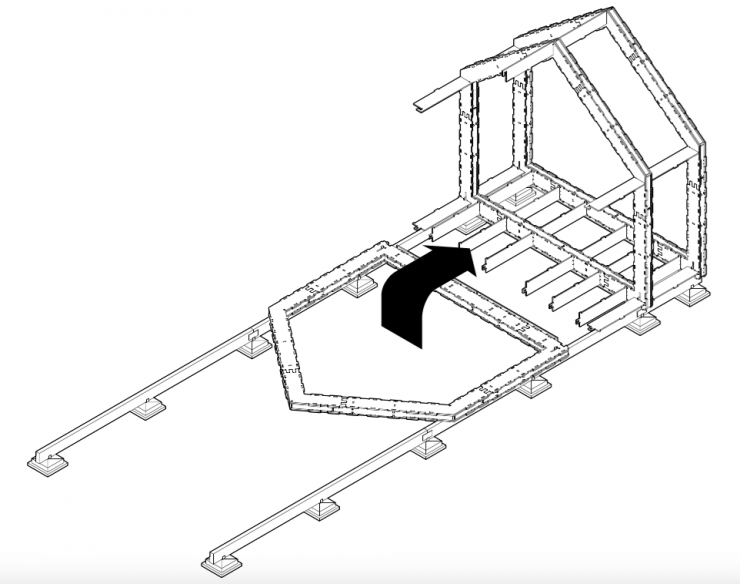
From Missouri, where Jakubowski lives, to France, where Wikifab is based, the community of open-source home builders is spreading throughout the world. In the United Kingdom, five years ago, Alastair Parvin, an architect by training, launched Wikihouse, a collaborative project to explore how the digital revolution might change the economics of housing. “Digitization allows us to share durable building solutions the same way we share computer code,” Alastair Parvin says. “It’s not just about spreading knowledge concerning environmentally sound and low-energy building systems, but also about seeing how to put the tools and the competencies into everyone’s hands, to go from an extremely centralized model of housing construction to a system of small-scale and decentralized projects.”

Deploying a Citizen Building Sector
For Alastair Parvin, the goal is to develop a true alternative to conventional building construction: “It’s still difficult to convince banks to grant loans for this kind of construction,” he says. “But we are beginning to see commercial forms of open-source housing. That’s the next step in developing the model.”
Is open source compatible with a commercial model? “Yes,” responds Parvin.“We don’t want to act like the big construction companies. We are aiming for a distributive and sustainable economy. In the United Kingdom, there are already collectives taking an interest in”Wikihouses,“to build themselves without being dependent on real estate developers. It’s this citizen construction sector we must deploy.”
Jakubowski is also aiming for a commercial development of DIY construction in the longer term by selling services to help assemble houses and charging admission to training workshops. The plans and the diffusion of know-how will remain in open source. “It’s a business model based on sharing,” Jakubowski says. Though it’s presently under the radar, is a revolution in the construction and housing sectors already underway?
Rachel Knaebel
Photos : Open source Ecology
Translated by Leslie Thatcher. May not be reprinted without Truth Out permission.


